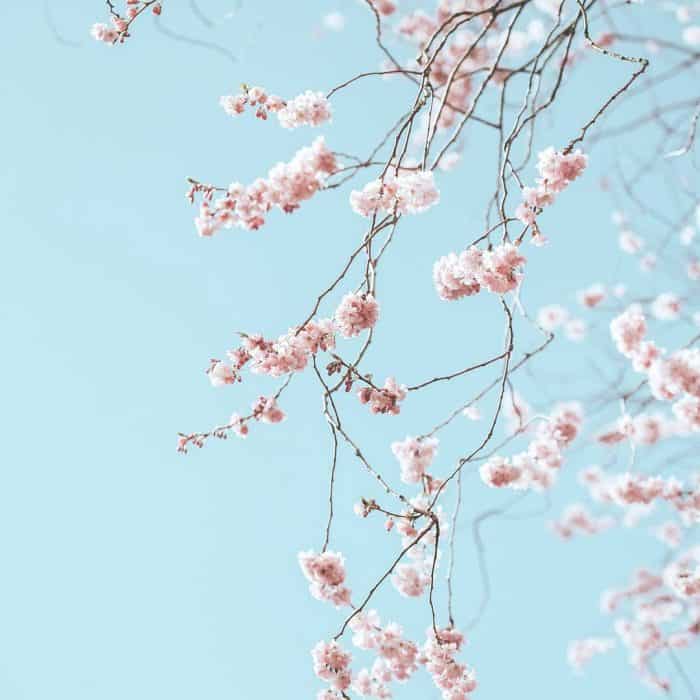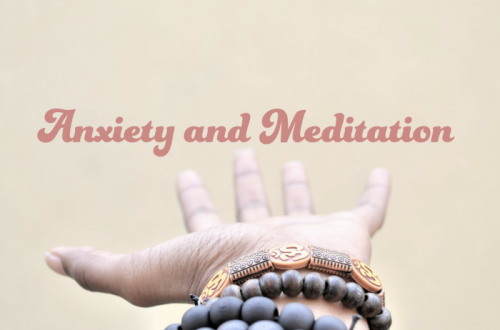
Nature and Meditation
Nature and Meditation
How can you model your life after nature?
“Wu wei” is an important concept in the ancient Chinese philosophy of Taoism. It is used to describe nature and as a way to model our lives. “Wu wei” translates to mean “effortless action” or “action of non-action.” While this initially might seem paradoxical, the idea is that nature has a way of moving, changing, and acting without effort. A river floats downstream rather than up the mountain. It uses gravity and other elements to pave it’s path naturally. A river is both strong and gentle. So to should humans attempt to live their lives.
As a guided meditation instructor I try to teach my students (and myself) to apply wu wei to our thoughts. Our thoughts should move effortlessly. We should not constantly staining to arrive at conclusions, analyze and judge but instead, just notice, allow thoughts to arise and let them pass without obsessing.
This doesn’t mean that we can’t have strong opinion or make conscious effort and decisions but rather when we do, it does not feel force but natural. Just as I said a river is both strong and gentle.
I have found no better way to teach and practice wu wei than to observe and play in nature.
My practice starts by watching movement; you try my practice on your own adventures outdoors:

- Start by simply observing movement: clouds floating by, a steam trickle down or the wind move the leafs in a tree. Try to observe without judgment.

2. Then begin to settle the gaze on one particular thing. Try dropping a single stick in the river and watch it float by, focus on one cloud, or one leaf. Just notice how long you can maintain your focus on one item without moving your thoughts elsewhere. When you notice your thoughts have moved, gently redirect your mind back to your focal point. At this time in the exercise, try not to judge yourself on how long you retain focus. There is no goal here except to observe, notice and acquaint yourself with your natural thought patterns. There are no wrong or right thought patterns.

3. Then begin to relax the gaze and close the eyes. Perform the same two exercises with sound. First, listen to all of the sounds around you collectively. Than see if you can bring your attention to one sound: a river, the rustling of the trees, a singing bird.

4. Now, with the eyes still closed, let go of all focus and just let the mind do as it wishes, if it wants to think let it think if it wants to be still let it be still. Just notice what your thoughts do in this moment. Bring the same sort of effortless action of noticing nature to noticing your thoughts.

5. Then, see if you can bring your attention to one thought, choose a mantra here. For this exercise, my personal mantra is “I am effortless” but any mantra will do. Just notice how long you can maintain your mantra.

6. Once you find your mantra fading get up and take a walk/hike. There is no need to walk to a particular destination, just merely see where the walk will take you.
On my walk, after this exercise I feel more calm and connected with my surroundings. I try to remain in the present moment. Be aware of my physical senses and take notice of how my surroundings change as I move along.
I consider nature my biggest role model in my meditation practice. It does a particularly beautiful job of being a role model of how to apply wu wei to my being.
Keep up to date with the progress of my book here:




